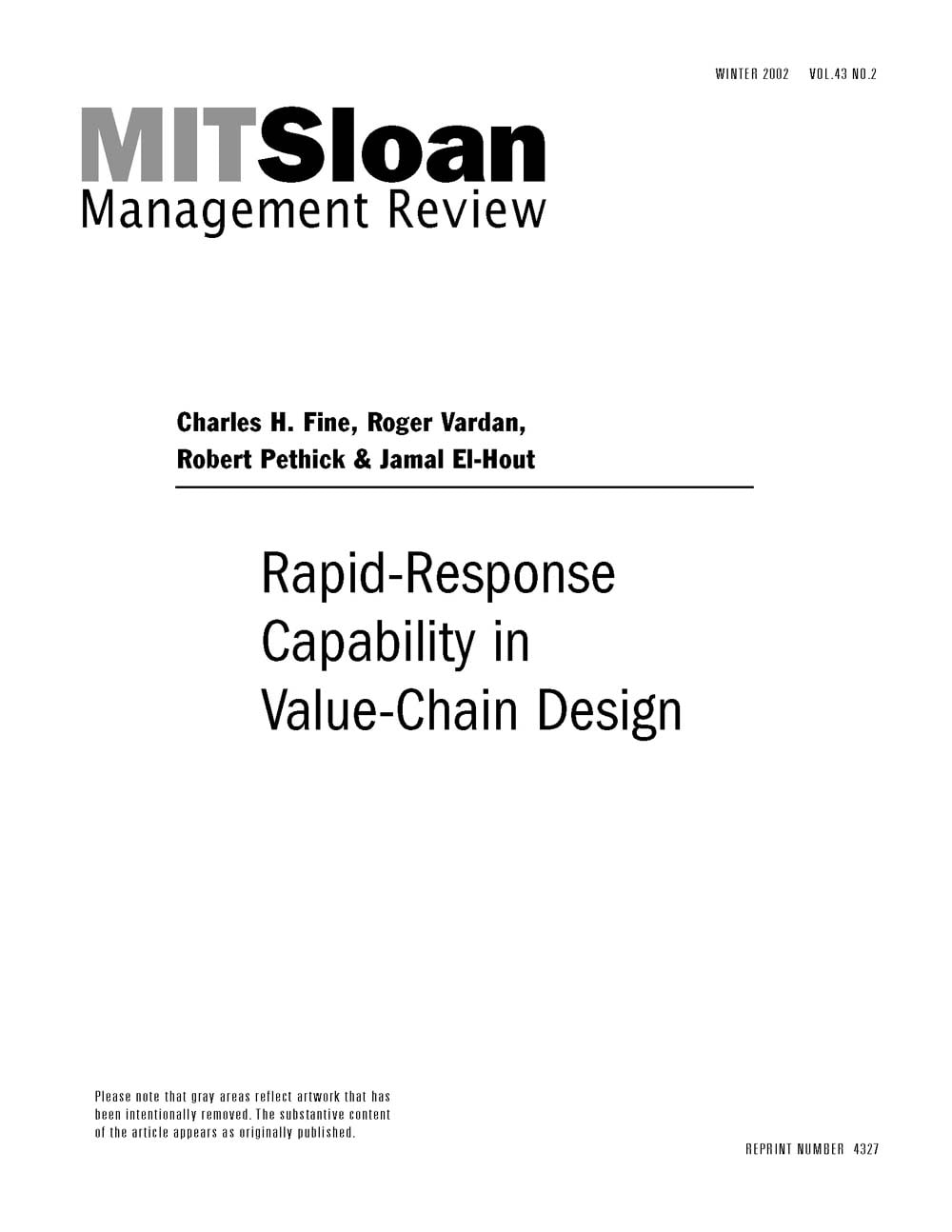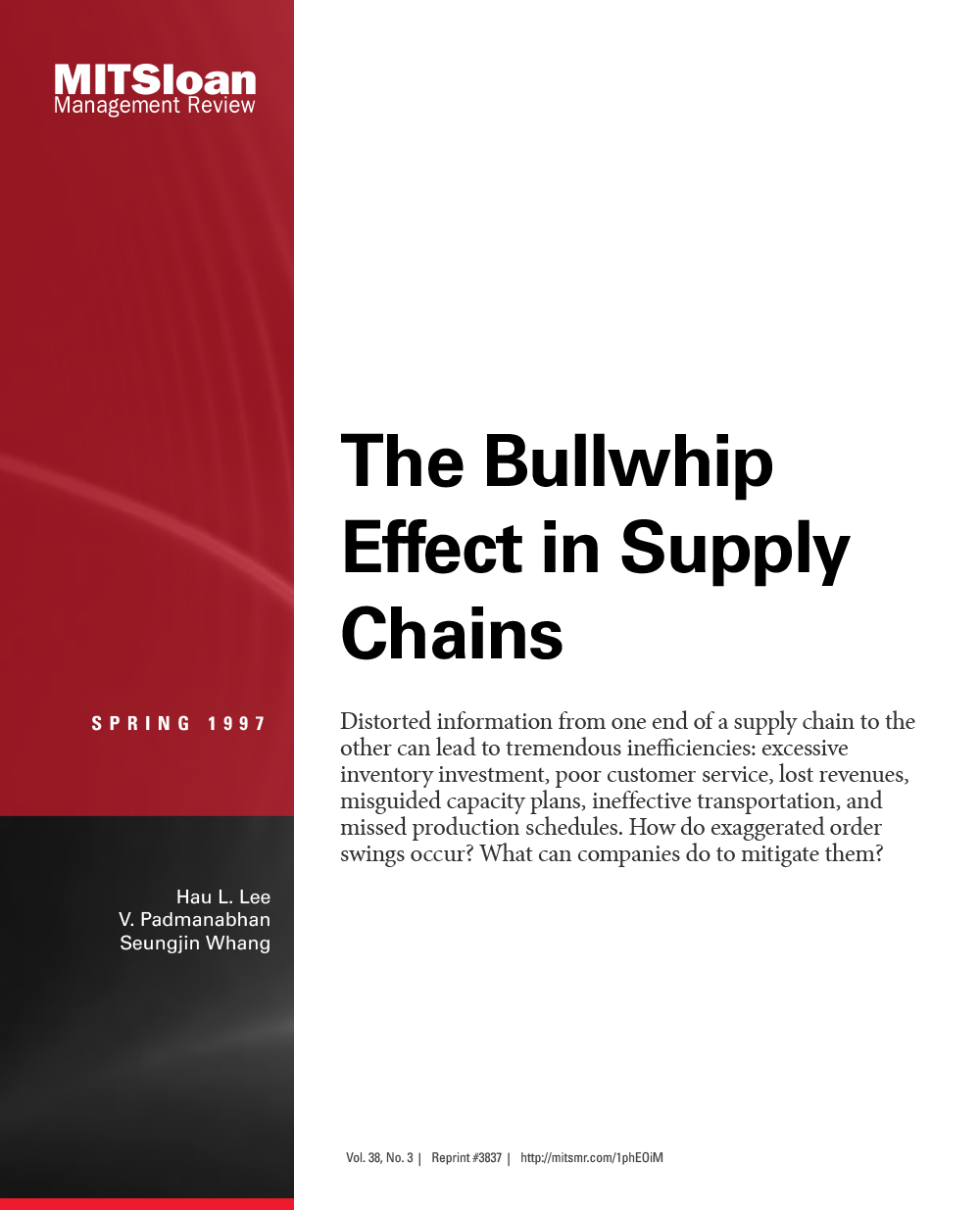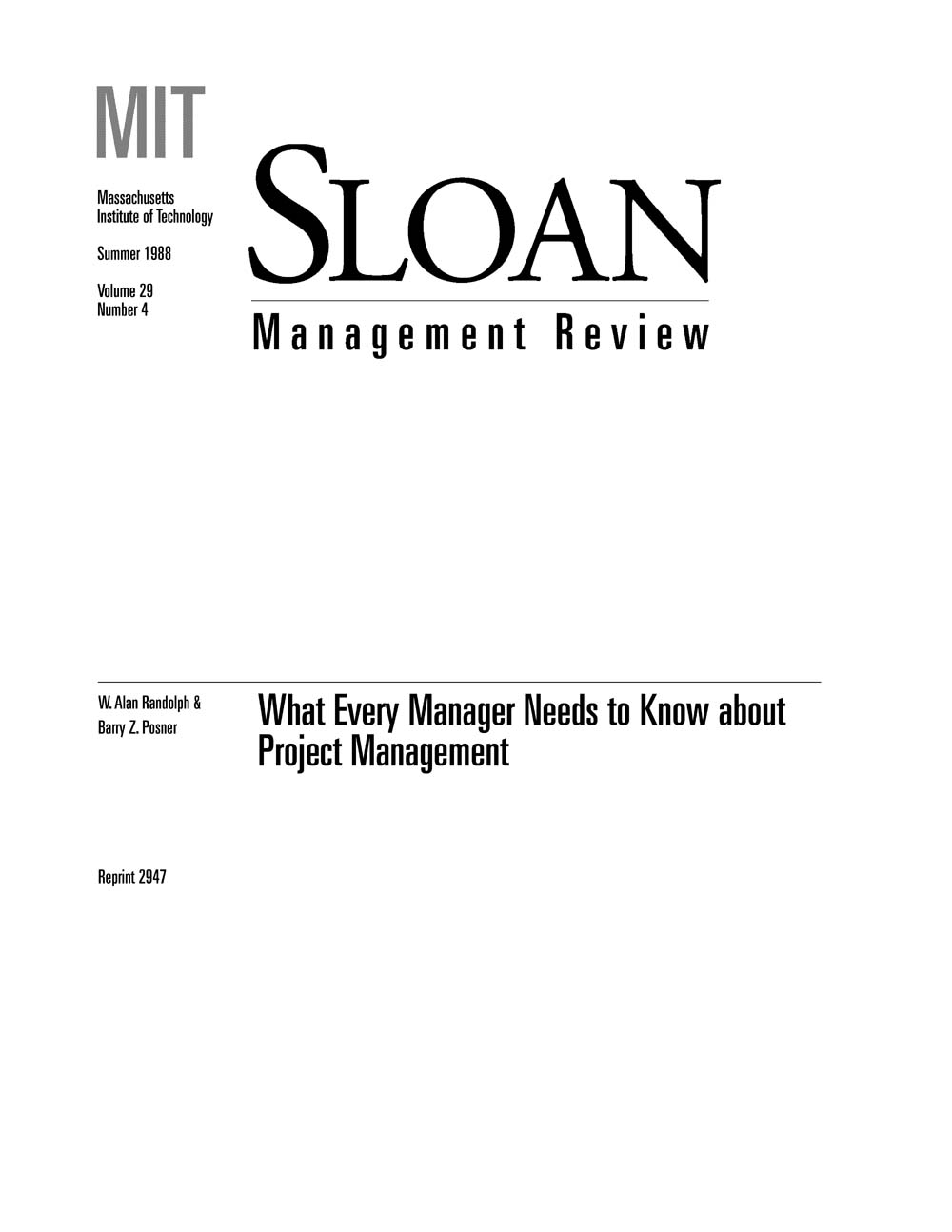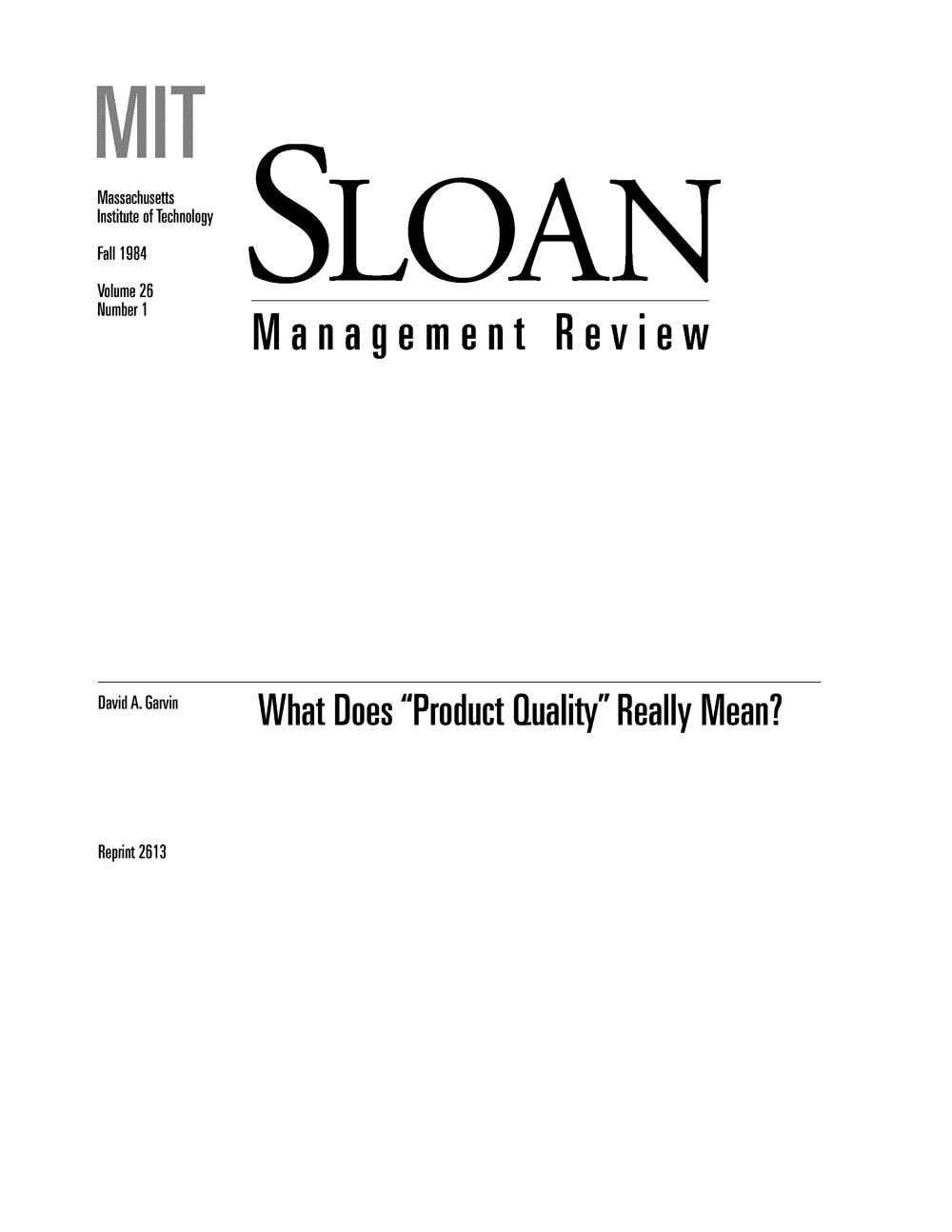
Rapid-Response Capability in Value-Chain Design
Regardless of industry, all companies are operating on ever faster evolutionary tracks and at ever greater risk. A company’s real core capability — perhaps its only sustainable one, say authors Fine, Vardan, Pethick and El-Hout — is its ability to continually redesign its value chain, reshuffling structural, technological, financial and human assets in order to find maximum, albeit temporary, competitive advantage. The ultimate goal of strategic value-chain analysis, say the authors, is building an organizational capability for fast response to rapidly evolving industry dynamics.
To execute such an analysis, the authors developed a value-chain-strategy framework during a yearlong strategic assessment at the General Motors Powertrain organization. The framework seeks to answer four key questions: Where is value being created and what activities are not adding to overall enterprise value? What areas of the business should remain in-house versus being outsourced? Where should investments be made and how should they be leveraged? How can the value chain be organized to optimize existing and emerging alliances? To answer those questions, the authors employ not only traditional economic-value-added (EVA) analysis, but also their own strategic value assessment (SVA), which considers factors such as customer preferences, the rate of change of underlying technology, competitive position in the marketplace, depth of the supply base and the integral or modular nature of the asset.
The wide applicability of the framework is illustrated in the authors’ discussion of IBM’s decision to outsource its first PC microprocessor to Intel, a consumer-products company’s decision to outsource the manufacture of a branded product, and the Recording Industry Association of America’s decision to quell rather than acquire Napster’s file-sharing capability.




